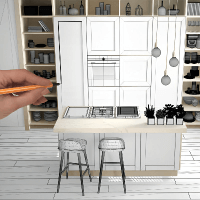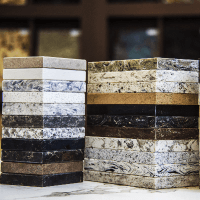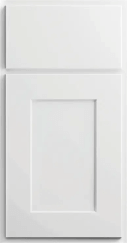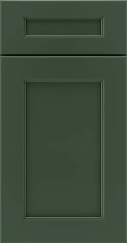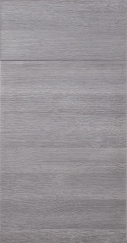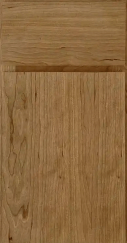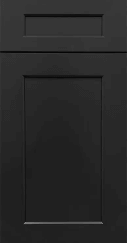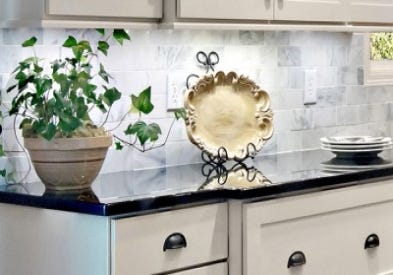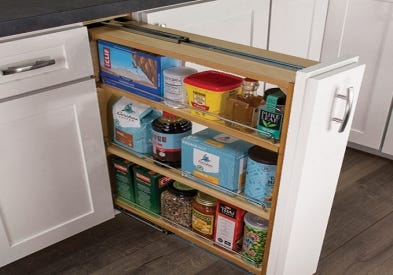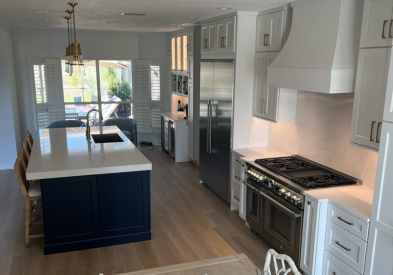5 Min. Read
Crown molding and decorative trim has become a basic necessity in pre-existing and newly-built homes today. Most homeowners and prospective buyers are looking for an upscale style that accentuates the home’s architecture and adds personality to each room. Take any plain room, whether a kitchen or living room, and you will see a drastic change in beauty, aesthetics, and for most people, overall happiness.
As homeowners and buyers move towards this more custom home look, it’s important to know where crown molding and trim will add value and what styles go with your home. To top it off, we’ve asked 2 of CliqStudios’ lead designers how they choose the right molding, what to expect for pricing, and much more. Let’s get started!


Benefits of Crown Molding & Trim
Among the large variety of moldings you can choose from, crown molding, light rail molding, and baseboard for kitchens are a great way to help cabinets dress up cabinets and accentuate the design.
“Crown molding is a very architectural element in kitchen design. It can make the height of the kitchen seem taller and sometimes grander” says lead designer LaKeyshia Beard. These details add elegance and increase the perceived value of your remodel.
Crown molding and light rail will extend the length of wall cabinets, while baseboard is a great addition that adds interest to otherwise standard base cabinets.
Additionally, every type of molding helps cover up and disguise natural imperfections that typically show like uneven ceilings, walls, and potential scuffs on your drywall from vacuuming.
Top 5 Most Popular Rooms for Molding
We would all like to add molding to every room, but some just aren’t cost effective. When thinking about what rooms might increase the value of your home, angi.com thought the 5 rooms below would make the biggest statement.
1. Kitchen
2. Master bedroom
3. Bathroom
4. Living Room
5. Dining Room
Kitchens in particular usually have the most crown molding and trim out of all other rooms. Wall cabinets can be adorned with multiple layers of crown molding and light rail molding at the bottom not only creates a more furniture-style design, but it’s also functional and can cover up under-cabinet molding.
Other areas of the kitchen that may see extra molding are the island and base cabinets. Kitchen islands can be finished with simple baseboard molding, or paneled to match your design style using other moldings, fillers, and decorative accents.
How to Choose the Right Style of Molding






Selecting the perfect molding for your space can be complicated. There are variables in the design style, height between wall cabinets and the ceiling, and personal preferences. Designer LaKeyshia gave us her perspective on how she decides;
“It depends on the customer’s style and the style of their home. If a customer has a mid-century modern vibe, then less is more. This type of customer is looking for a very simple crown molding or none at all. On the other hand, a customer who lives in a historic home may want the crown molding to be ornate.”
Another way to identify what works best for your kitchen is to look at your selected door style. Shaker cabinets tend to go very nicely with simple crown molding like cove or angle crown molding, while more complex styles like raised panel doors go with traditional detailed moldings.
Outside of the kitchen, do your best to match crown and baseboard moldings to the architectural style of your home and furniture. This way, everything will be cohesive and not competing for attention.
How Much Does Crown Molding for the Kitchen Cost?
Just like kitchen cabinets, countertops, and any other remodeling product, the cost of crown molding is dependent on the measurements of your space and how much cabinetry needs to be covered.
Designer LaKeyshia gave us some insight based on what she’s observed, “A simple crown molding can range from $100+ per stick (8’ piece) of molding, which can add at least $400 – $800+ to the cost of the kitchen project. If a customer wants a more decorative look, has taller ceilings, and wants to stack molding, the price can double. It all depends on the size of the space.”
Designer Kathy Zimmerman also said, “I tend to see a wide variety of pricings… it can go from a couple hundred to a few thousand.”
In the beginning stages of your project, it’s best to start getting quotes and adding molding to your floorplan. Having a proper expectation of what this strictly decorative piece will add to you quote will minimize any surprises near the end.
Does Crown Molding & Baseboard Trim Increase Property Value?
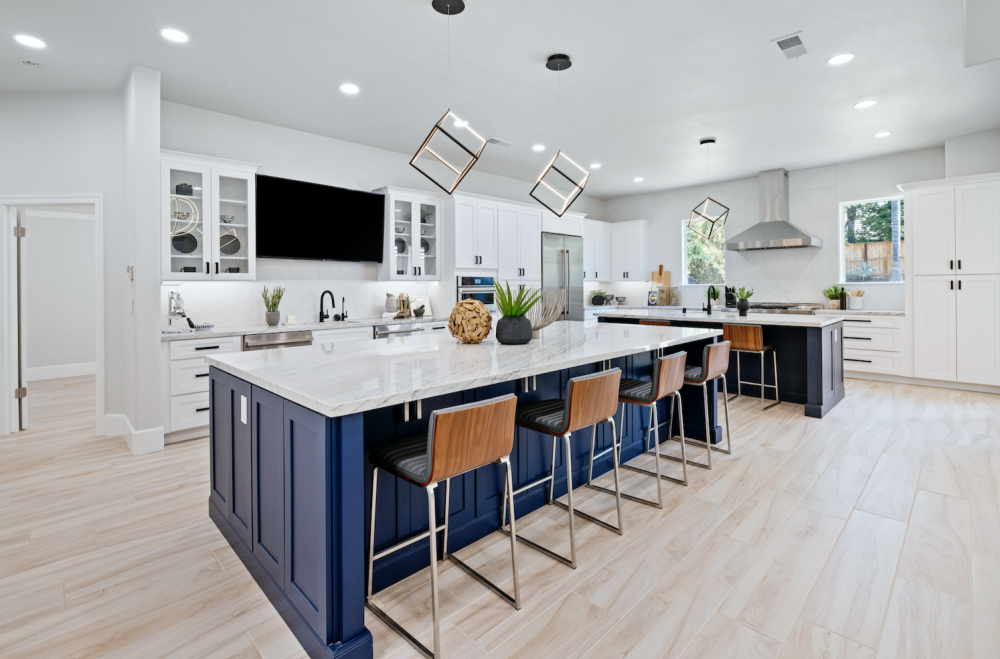

Although there is certainly evidence that these decorative features add value, there are no concrete statistics to show how much. As long as these moldings are in good shape, match the home, and are generally a popular style, you can expect to attract a lot of serious buyers when the time comes.
CliqStudios lead designers, Kathy and LaKeyshia ended with some final advice for molding in kitchens and around the home:
LaKeyshia said, “I recommend always starting with crown molding. It is always a good idea to see the crown in your kitchen design first before you decide against it. One key point that I’ve experienced is that customers try to cut costs by providing their own crown. Think about the cost and effort of painting/staining your own crown. I would not suggest this unless the same crown is being used throughout the house. Don’t be afraid to ask for other crown molding options!”
Kathy ended with, “I would also say not to go beyond 6” of height for a crown. Most homes are not styled in a way that it would call for something that grand. Also, sometimes stacking a cabinet (12” or taller) will cost just as much as the molding. If that is the case, I think having the additional storage is the better way to go.”
Want a designer to handle the details? Contact a CliqStudios designer to get started on your kitchen remodel today!
